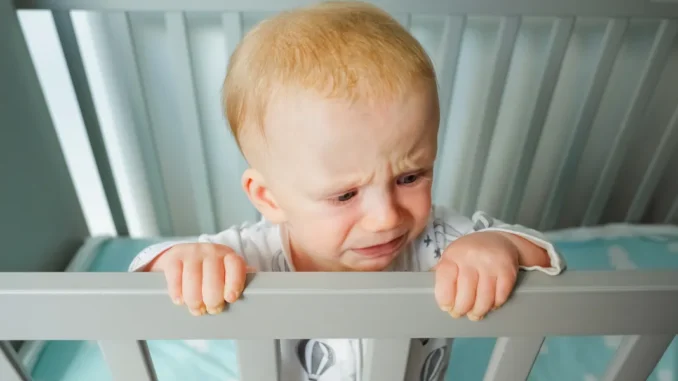
It was a normal evening—my wife in her recliner, scrolling her iPad, the kids supposedly asleep. I took the chance to enjoy a long shower. But through the water, I heard my 3-year-old crying. At first, I ignored it. Then I heard, “Daddy! Daddy!”
I rushed out, passing my wife, still fixated on her screen. “You couldn’t calm him down?” I asked. She didn’t look up. “I tried three times,” she said flatly.
In my son’s room, he was shaking and sobbing. “Daddy, I made a mess,” he cried. I picked him up, assuming it was just tears—until I felt wet pajamas and saw red everywhere. My heart dropped. Blood? No—paint. Red paint was all over him, his bed, everything.
His little voice broke me: “Mommy didn’t check on me.” I couldn’t understand how she hadn’t noticed.
I bathed him, still stunned. Back in the family room, she hadn’t moved. I asked again, angry and confused. “He said you never came.” She just shrugged.
The next morning, I packed a bag and left with our son. I needed space. Later, I called my mother-in-law. “Something’s not right with your daughter.”
She called me days later. “She’s struggling. It’s depression,” she said. The word hit hard. I’d been angry, but hadn’t seen her pain. She felt trapped, lost in motherhood, and had let go of herself—and her art.
She started therapy. It was slow, but I saw small changes. One day, she asked me to come home. Tearfully, she apologized. “I didn’t see what it was doing to you or him.”
Eventually, she began painting again. Her bond with our son grew stronger. We weren’t perfect—but we were healing. Together.